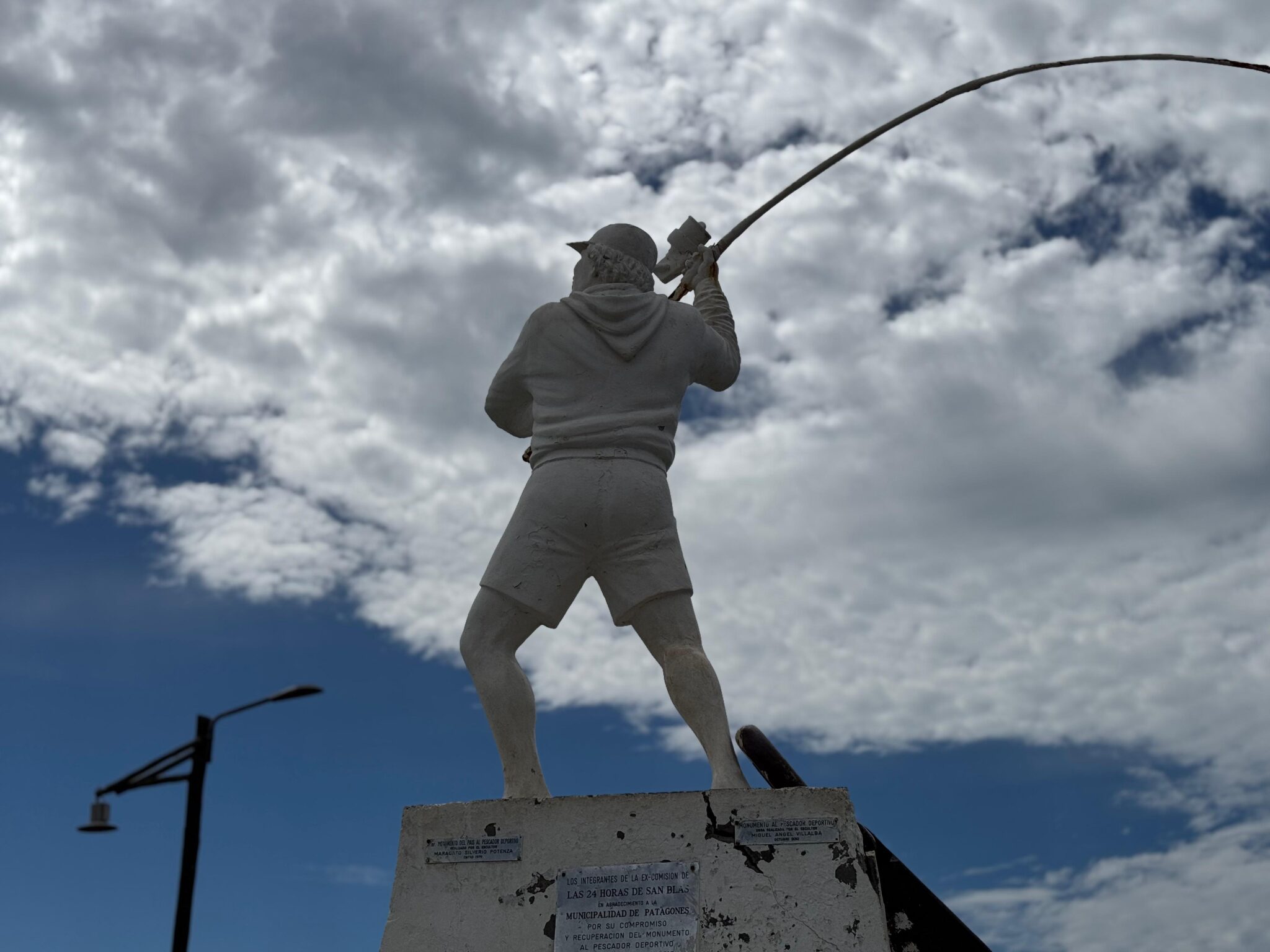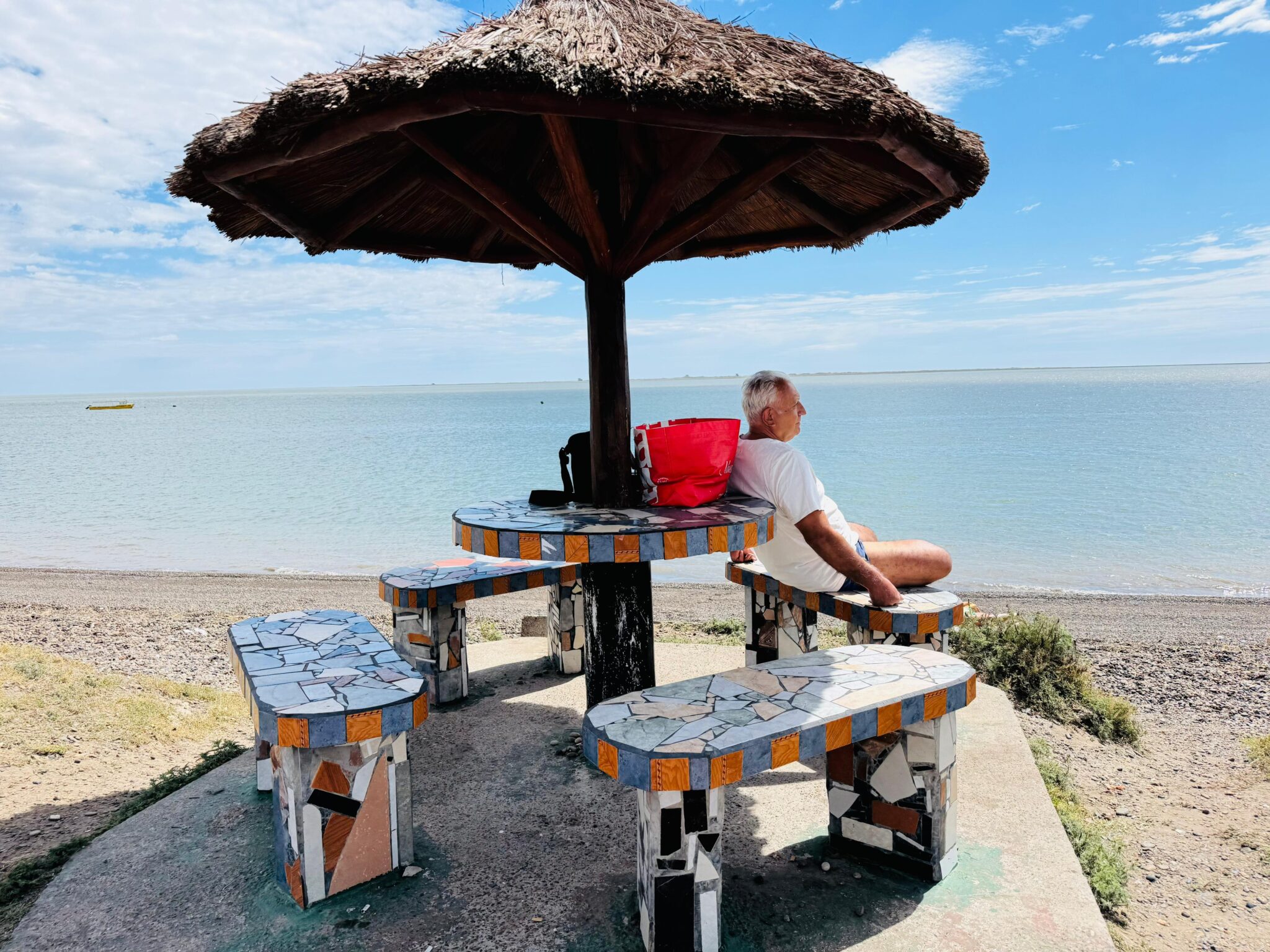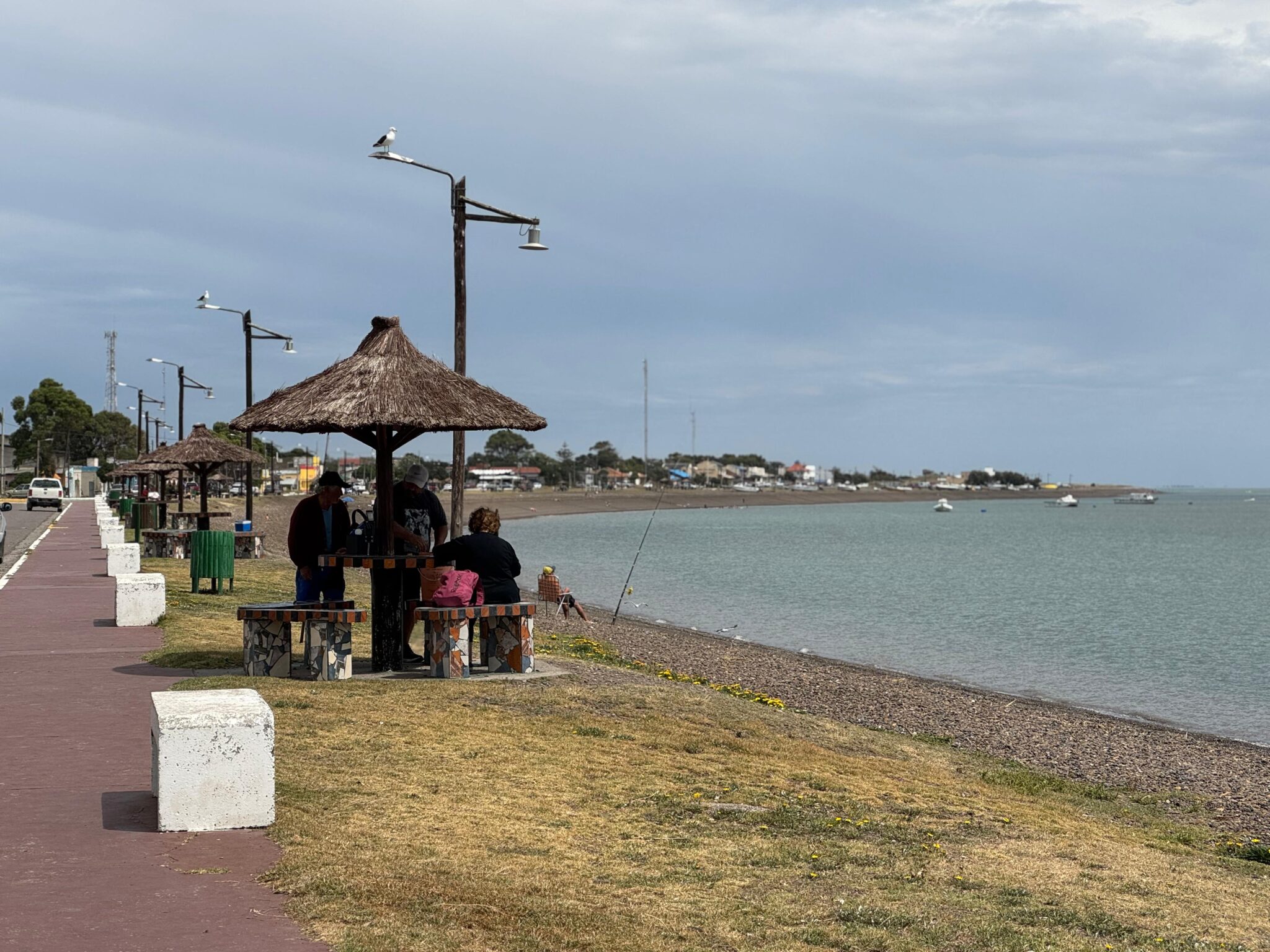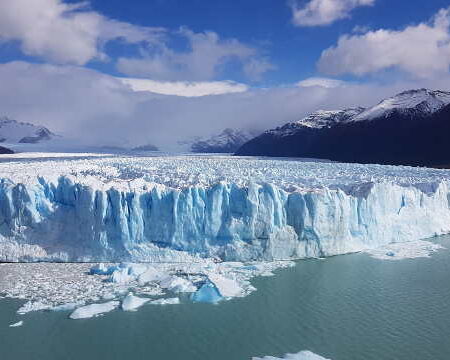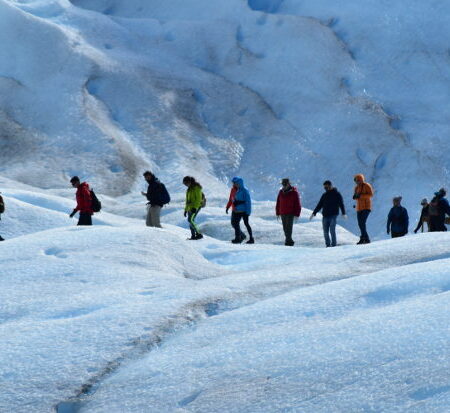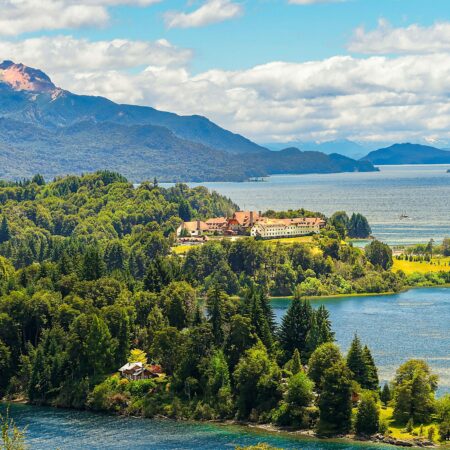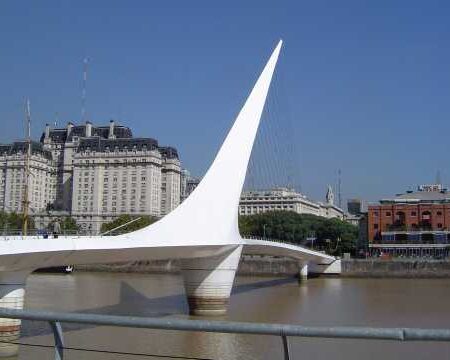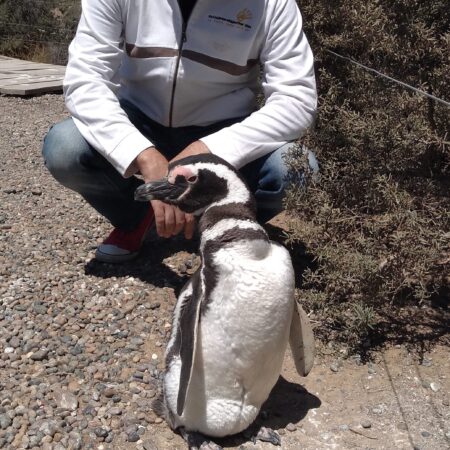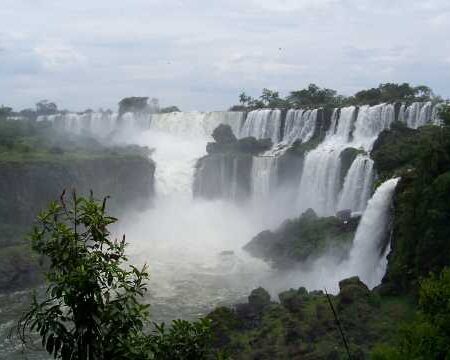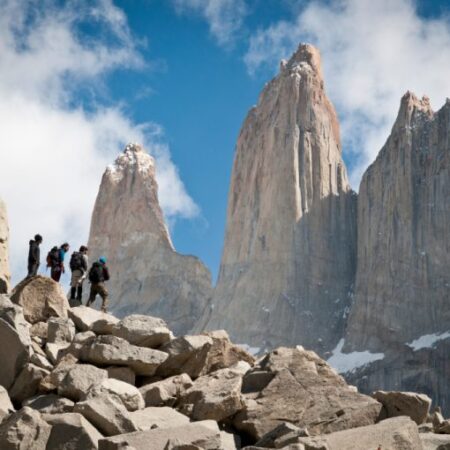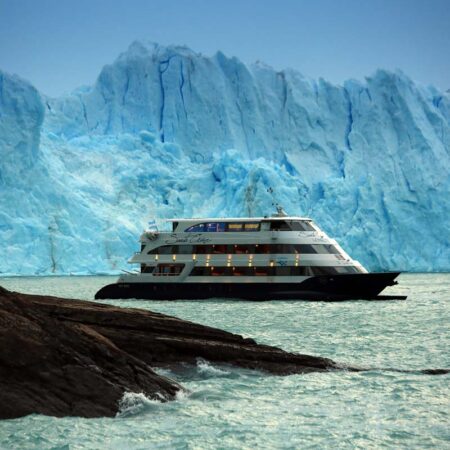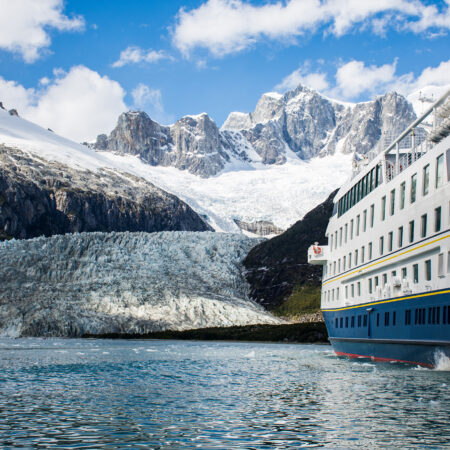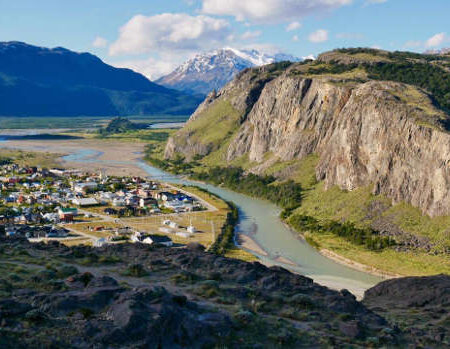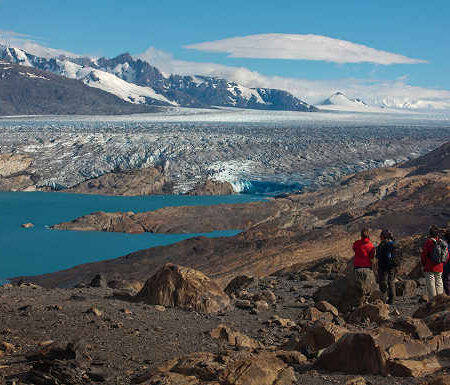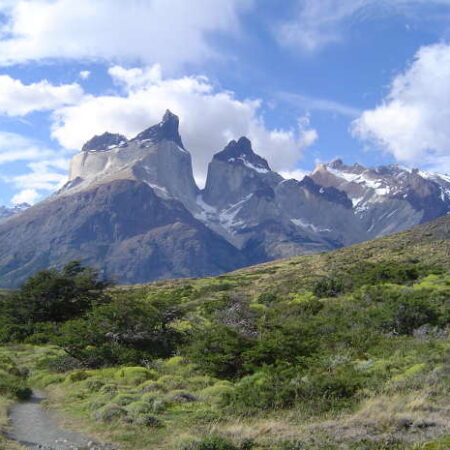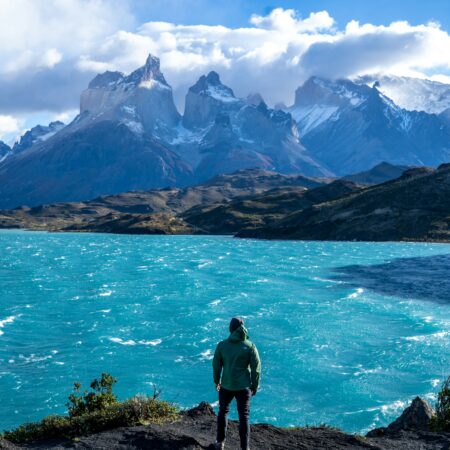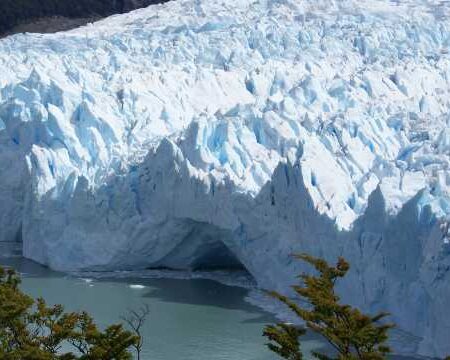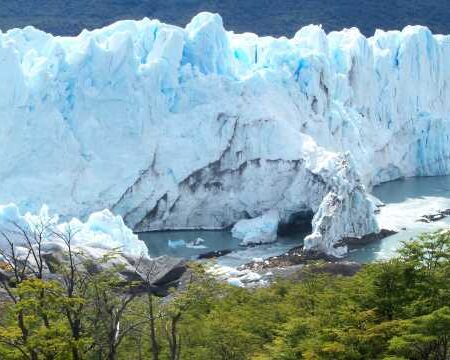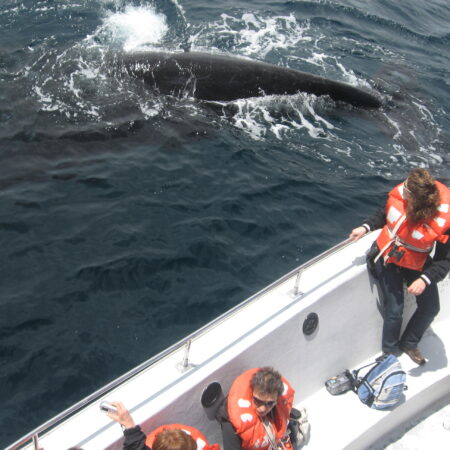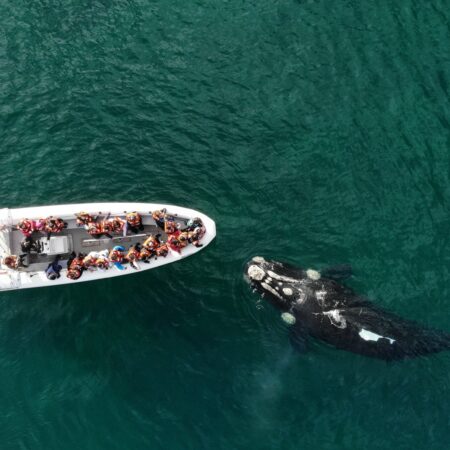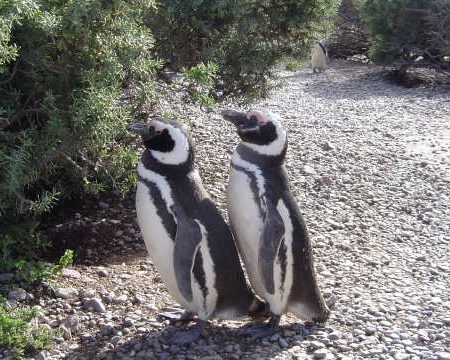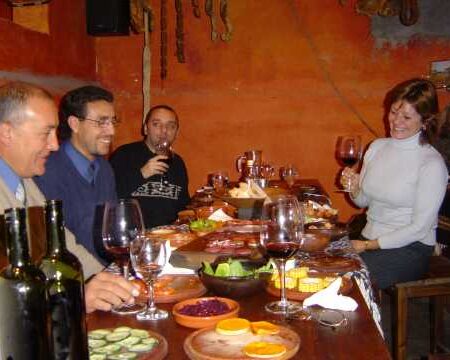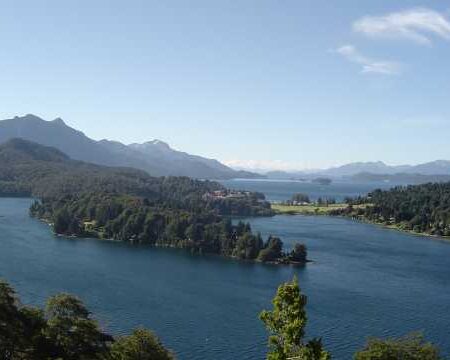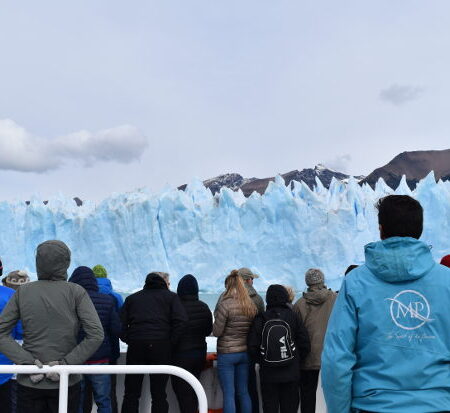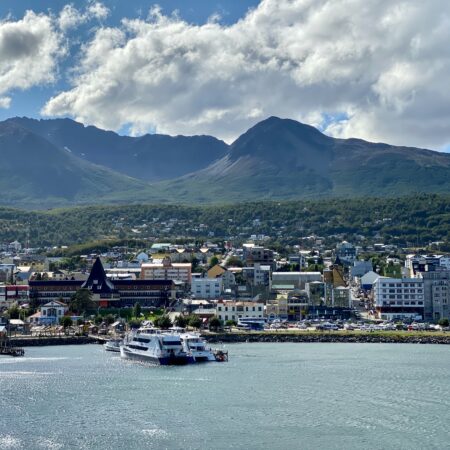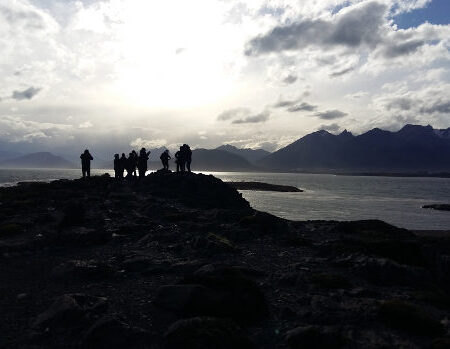At the southeastern tip of the Buenos Aires province, Bahía San Blas rises as a historic and natural enclave known for its close relationship with fishing. The village is located on Jabalí Island, the largest of the islands that make up this natural reserve, and forms one of the unique landscapes of what is called Buenos Aires Patagonia.
A land of wetlands and history
The area was declared a Multiple-Use Natural Reserve and covers about 16,000 hectares of wetlands that include islands such as Césares, Sur, Flamenco, Gama, and Jabalí. The latter, with 6,000 hectares and a semicircular shape, is separated from the mainland by two estuaries. Its name dates back to 1780, when Royal Navy pilot Basilio Villarino captured a wild boar in the area.
The history of Bahía San Blas is linked to that of Carmen de Patagones, associated with privateers, expeditions, and ranches. At the end of the 19th century, a British company used the islands for livestock farming and salt shipping.
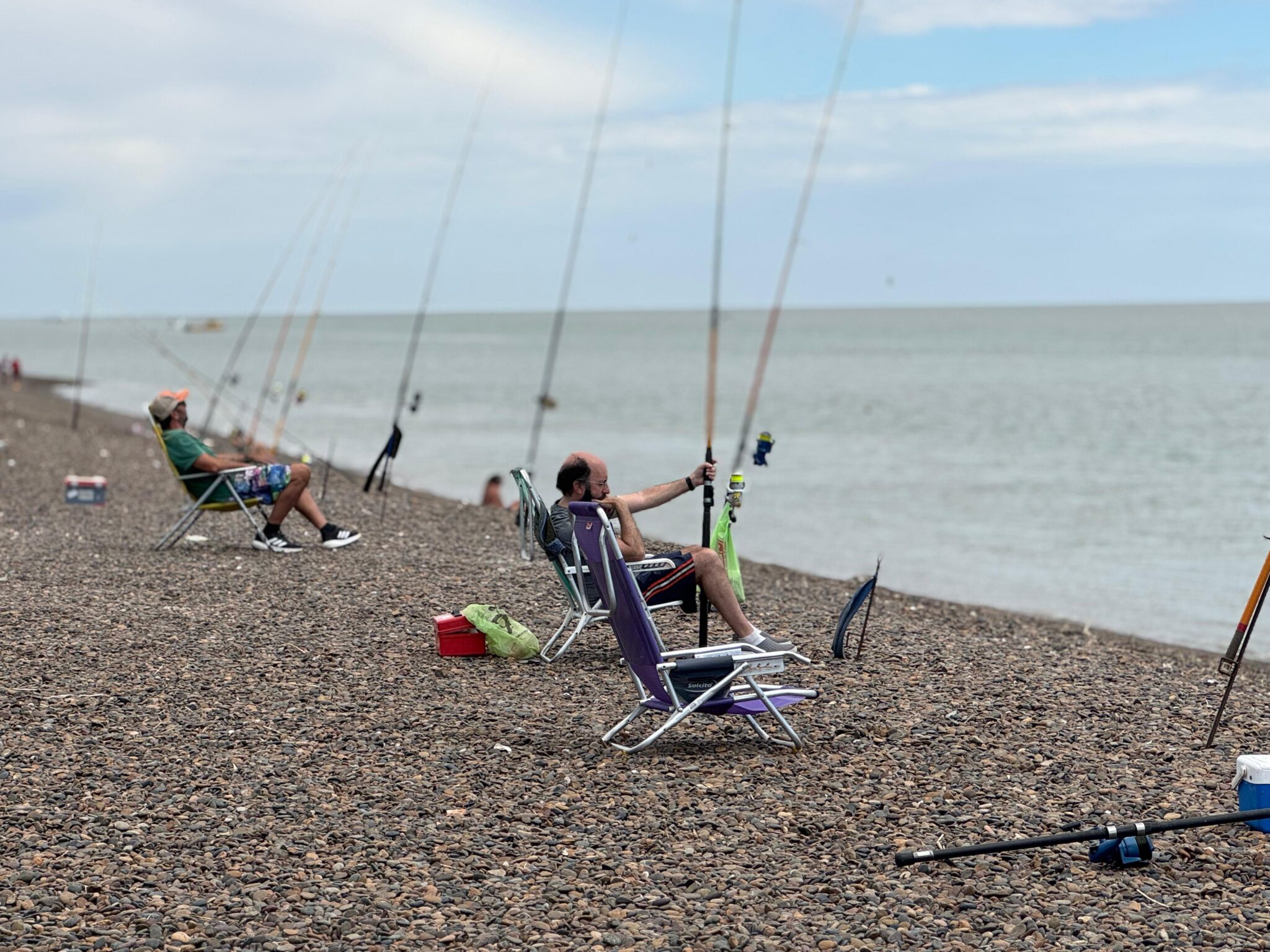 Fishing as identity
Fishing as identity
San Blas is, above all, a fishing village. The activity structures local life: shops selling specialized articles, equipment rentals, bait sales, guide and boat services, along with restaurants that prepare the catch of the day.
Geographic conditions favor both coastal and boat fishing. The cobble-stone coast has a steep drop that reaches depths of up to 15 meters, allowing remarkable casts from the beach. Areas such as Playa de Arena, Playa de Piedras, or El Riacho offer different settings.
Since 1966, the village has been nationally known for the 24 Hours of Fishing contest, which every January attracts hundreds of participants. In past decades, the area was famous for the capture of large sharks, although today regulations establish mandatory catch and release.
Notable species
Tope shark: present between September and December. Catch and release.
Larger sharks: such as copper, smooth-hound, palometa, sand tiger, hammerhead, or redspotted smooth-hound, mainly between December and February. Catch and release.
Varied summer fishing: whiting, croakers, smooth-hounds, rock cod, stingrays, and skates.
River species: in Jabalí Creek there are silversides, flounder, white croakers, snook, and mullets.
Boat excursions are one of the major attractions. Guided by experienced fishermen who know the currents and channels, they exceed 2,500 outings per season, often assisted by echo sounders.
Beyond fishing
The environment offers other aspects: islands with native fauna, beaches suitable for safe swimming in season, and clam beds visible at low tide. Playa de Arena concentrates much of these experiences.
Events
The 24 Hours of San Blas: a traditional contest held on the third weekend of January, with prizes awarded for quantity and weight of fish caught.
Practical information
Access: Bahía San Blas is located at kilometer 918 of National Route Nº 3. From there, a 57-kilometer gravel road leads to the village. There are also daily shuttle services from Carmen de Patagones.
Services: the town offers hotels, houses and apartments for rent, bungalows, and equipped campgrounds. It has a first aid room and a police station.
© Sergio Pappatico
